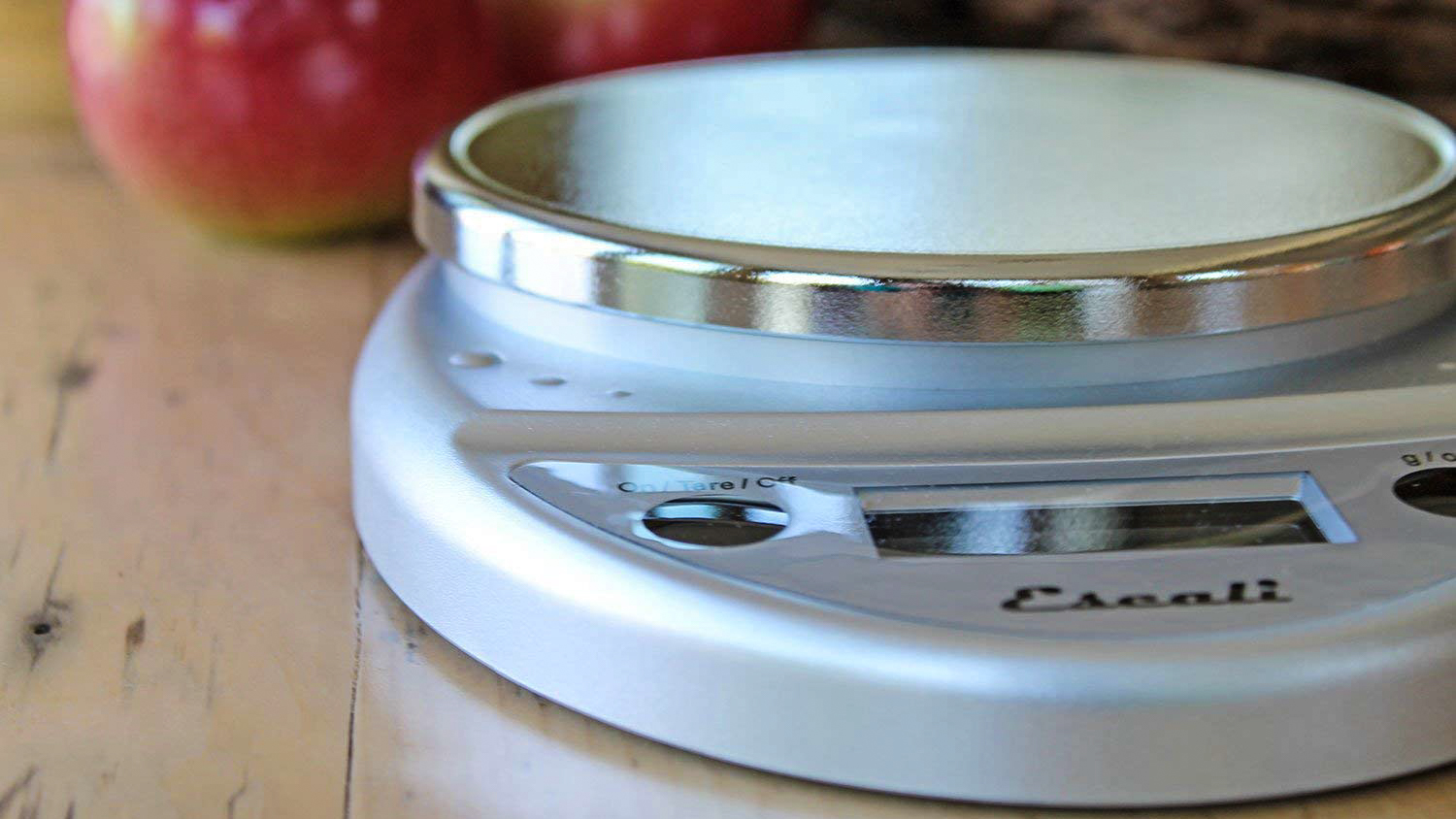Backcountry adventure and cuisine for aspiring hiker trash
2 Easy Ways To Cut Pack Weight

One cheap and one free way to lower your pack’s base weight
I still remember the first backpacking trip I took with my wife. We were living near Tacoma WA around 25 years ago and we got it into our heads that we would put a 3-day weekend to good use by hiking in the Olympics. Sounded rugged and romantic. The problem was, we had no gear. I mean we didn’t even own a backpack. So we went to an “outfitter” and were talked into buying a whole heap a shizzle. We had no clue what we were doing.
It was August, and we had decided to hike from low elevation up to Hurricane Ridge, and thence onward to Grand Lake. It was 75 degrees at the trailhead, where it took about 30 seconds for an army of ravenous mossies to suck a pint of blood from each of us before we found our bug spray. Once protected, we hit the trail and began a long uphill climb. It didn’t take us long to wonder why we were carrying elephants on our backs. I’m sure my pack weighed well over 50 lbs. But we dug deep and climbed. And climbed. And when we crested the ridge a summer sleet storm slammed us. Yeah, this was all going great.
Well, we finally made it to Grand Lake for a couple of relaxing days, but when it came time to leave, we were talked into a shortcut by some fellow backpackers that turned out to be steep. And narrow. And a little bit dangerous. Our heavy packs almost kept us from making it out. I distinctly remember that we crawled on hands and knees that final half mile, and when we finally reached my truck, we were too tired to even drive. We certainly weren’t sure that we’d had fun.
A few years ago when I decided to get back into backpacking, I remembered hikes like this one, and I knew that my nearly 50 year-old body needed to drop some serious weight before hitting the trail again (both from pack and body). It’s been a bit of a journey, but several things ultimately helped me become more or less ultralight.
One- research. I joined BackpackingLight (worth every penny) and read thousands of posts and hundreds of articles. The Reddit r/ultralight is also a good place to pick up some knowledge.
Two- I got out there and found what worked for ME. From personal use, I discovered what I liked and more importantly what I NEEDED. I learned how to unpack my fears along the way.
And then came Three and Four- purchasing a kitchen scale and utilizing LighterPack, an online sort of spreadsheet that allows you to make gear lists and see what everything weighs in total.
My scale is a $30 Escali Primo, but there’s all kinds of models out there that will work. Get one that can weigh things in grams and/or to a tenth of an ounce, and start weighing your gear. Don’t just trust manufacturer specs- they may fudge, and there’s always product variability too. Anyway, weigh EVERYTHING, and start inputting it into LighterPack. You can check out one of my gear lists HERE.
You’ll quickly see where you can cut weight. Your Big Three (pack, shelter, sleep) are where you are likely to make the changes that save you the most weight, but bear in mind that backpacks, sleeping bags/quilts, and shelters are also among the most expensive items you’ll carry. Know what you want before dropping several hundred dollars on it. For example- shelters….tent vs. tarp vs. ‘mid, front, side or dual entry, netting or no, trekking pole supported or no, etc. You only learn by getting out there and testing gear out.
After that, pay close attention to sundry items and to packed clothing. Be careful about packing fears. Such as, you know, packing a 3rd set of clothes because you might set one on fire by accident and get the second sprayed by a skunk. You want to have a safe but minimalist mindset. Don’t overdo it and put yourself in danger though, that’s known as “stupid light.” The more you get out there and put your gear to use, the more you’ll know what you really need. And then, when you get your pack weight really low, you just might be able to justify packing a luxury item or two. For me, sometimes that’s a couple of beers. For others it might be a camp chair, a Kindle, maybe some camp shoes.
Ideally, you don’t want to ever carry more than 30 lbs. at any one time including food and water. A good initial goal is to get your base weight (everything minus worn items and consumables) to 15 lbs. or less, and then try to gradually get lower. Remember though that there are no gear police on the trail…”sorry m’am, your base weight is 16 lbs., you have to return to the trailhead.” I cannot emphasize it enough, find out what works for YOU. Lighter in general is better, but HOW light is a personal choice. Also, different environments necessitate different gear. HYOH (Hike Your Own Hike) and first and foremost, be safe.
Be aware that as you get lighter, your total gear volume is likely to drop, which might eventually require getting a smaller pack. You can always sell or trade old gear, or keep it to loan out to a friend.
A few years ago, we found our old backpacking gear in some boxes in the attic. We couldn’t believe that we used to use that stuff. We’ve come a long way. The last time we hiked together- a weeklong trip- my starting pack weight was around 31 pounds and hers 24. Because of that, we finished with smiles on our faces.
Recent Comments